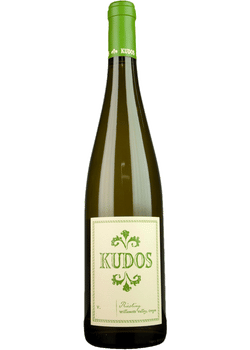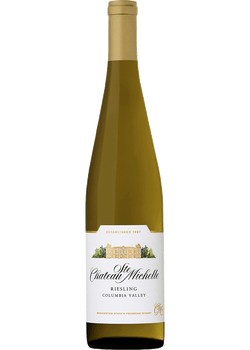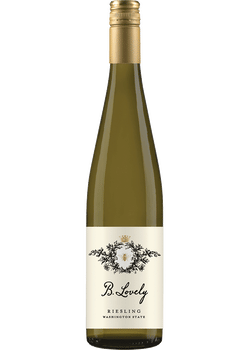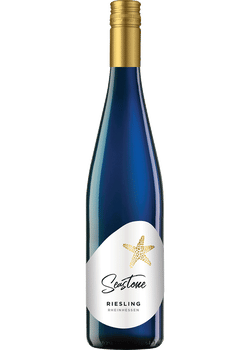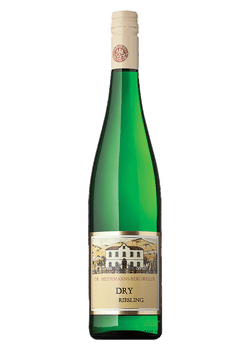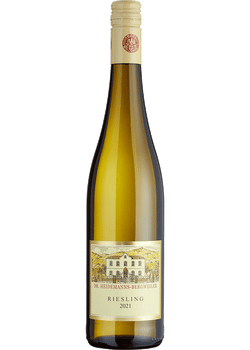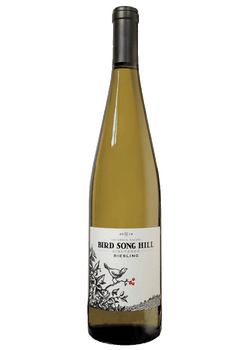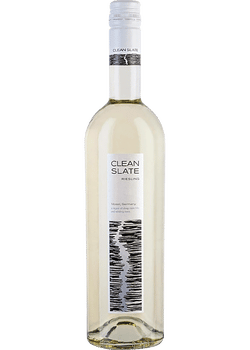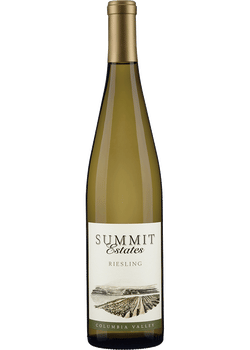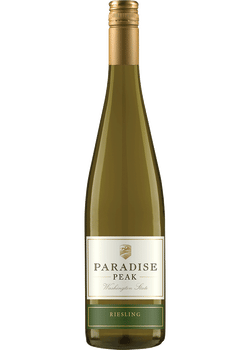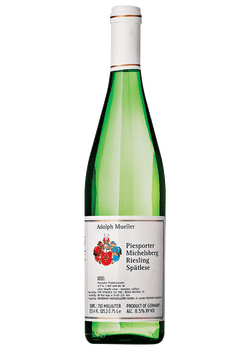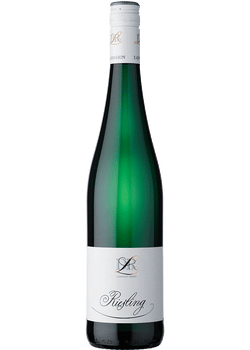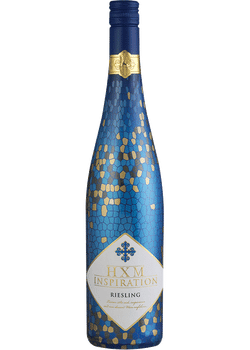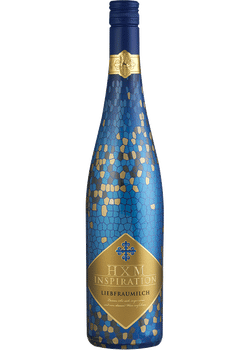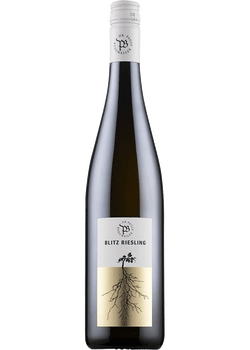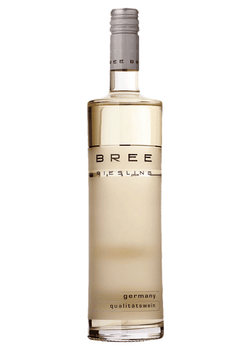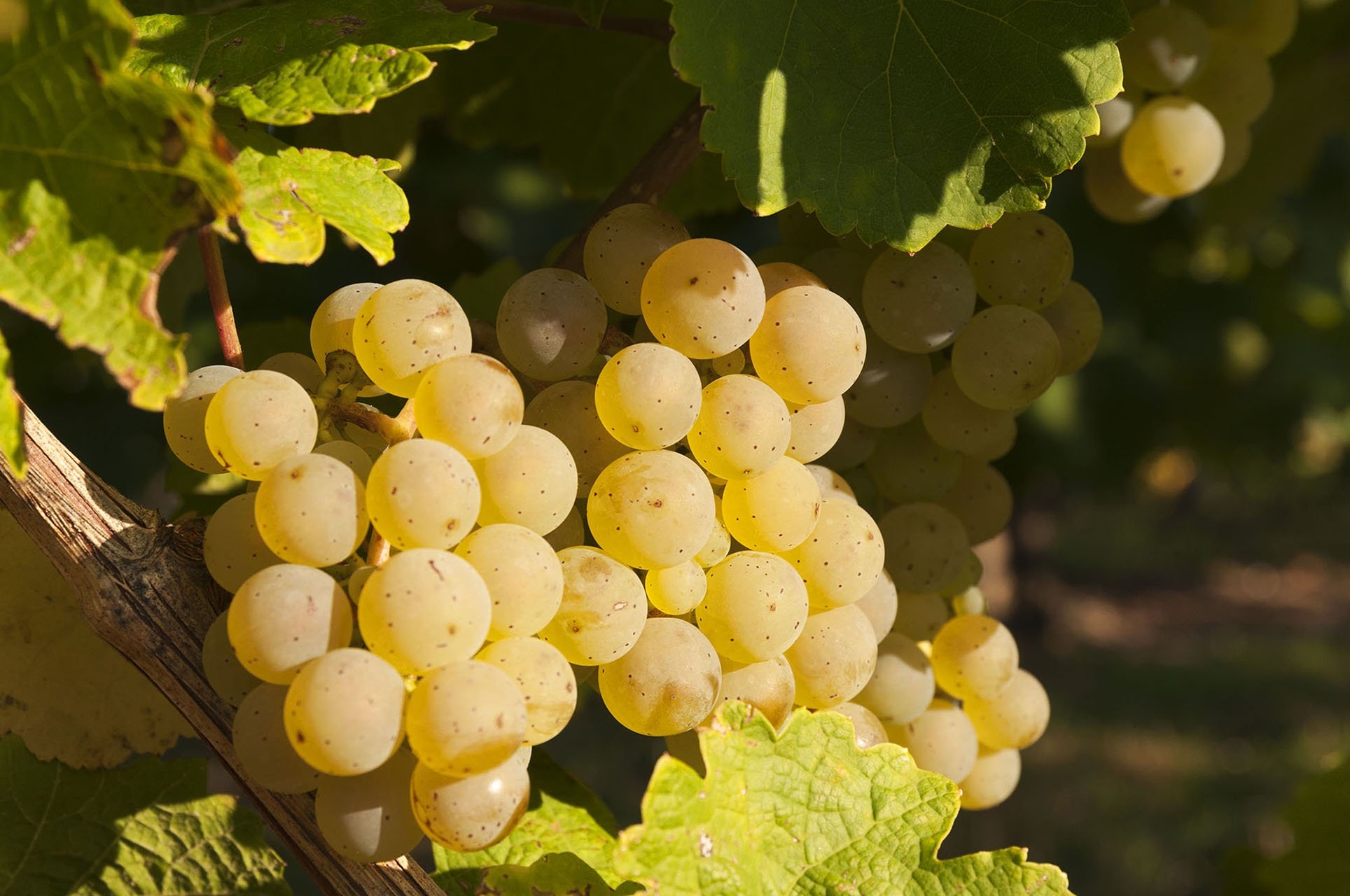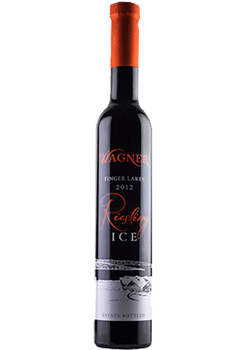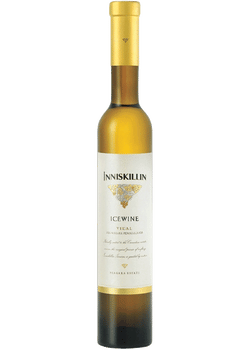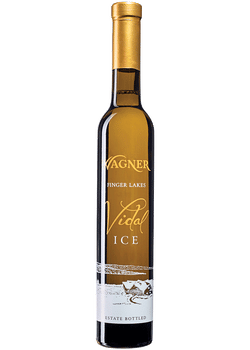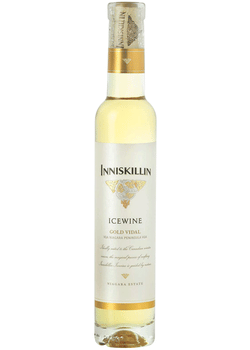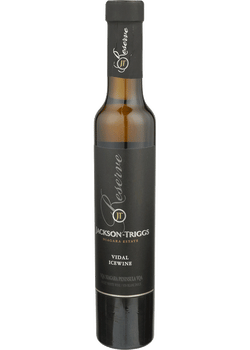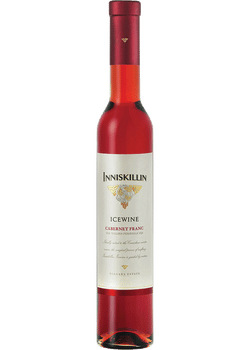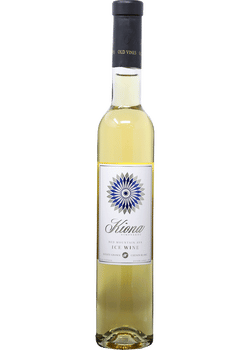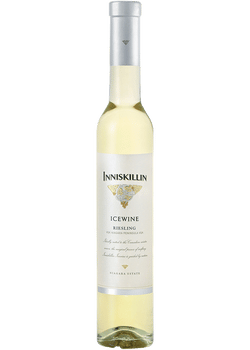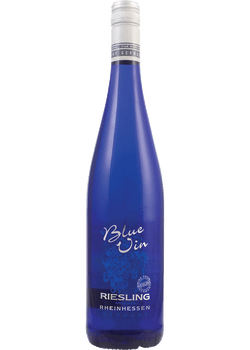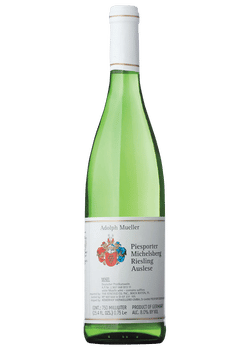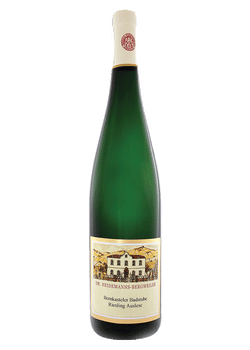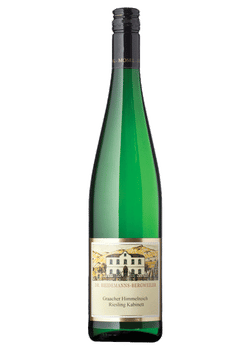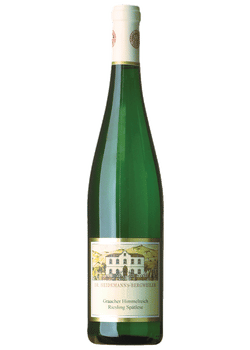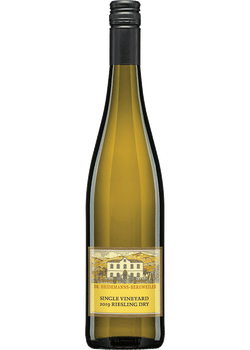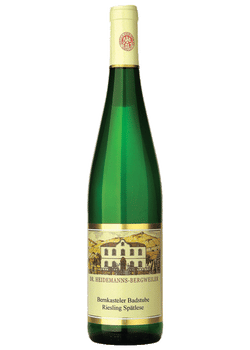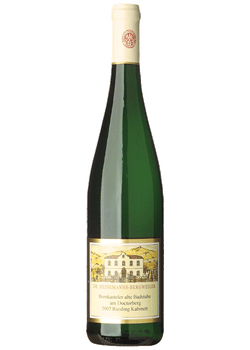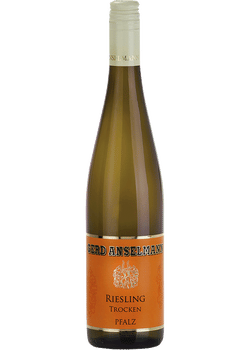Riesling (pronounced REECE-ling) is probably one of the most misunderstood wines. Most people think of it as just a sweet white wine, but it is so much more. Wine critics and sommeliers tend to love Riesling, and it is often their go-to after a day of tasting.
Riesling is a versatile grape — it can be made in a wide variety of styles, from completely dry to sweet, with flavors that span from fresh citrus to tropical fruit and honey. And it is often available at a great value. Riesling is also grown all over the world, where it thrives in cooler climates, most notably in Germany.
Top Customer Rated Under $20
5 facts you should know
-
The first documentation of the Riesling grape variety was in Germany in 1435.
-
Riesling is often off-dry or slightly sweet because the high acidity needs taming with a little sugar.
-
A general way to know if a bottle of Riesling is sweet is by checking the ABV. Wines above 12% are usually drier.
-
German Eiswein is made from Riesling grapes that have frozen on the vines.
-
Riesling is one of the most food-friendly wines.
Color

Taste profile
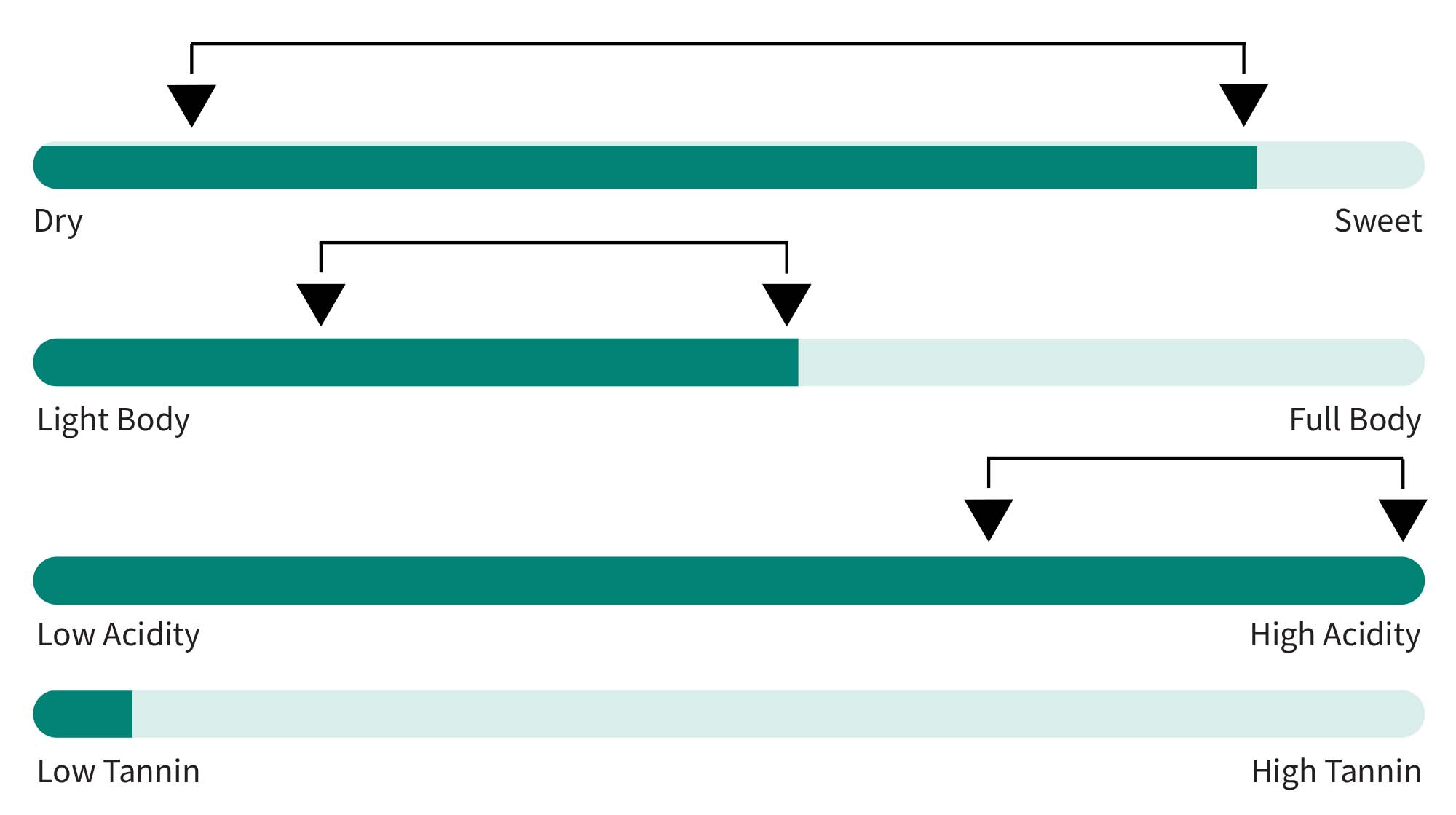
Riesling is a very aromatic wine with floral and citrus notes. It is a very versatile grape and can be made from a crisp, light-bodied, bone-dry wine to a full-bodied, lusciously sweet dessert wine.
When it comes to acidity, Riesling is one of the most acidic wines you will find. The grapes grow best in cool climates, which means they maintain high levels of acidity. Because of this, many wines include a little residual sugar to tame the sharpness and create a more balanced, juicy finish. The high acidity also means quality wines can age for many years in the bottle, producing elegant tertiary flavors such as honey, candied fruit, and petrol.
Primary flavors
![]()
Because Riesling is rarely aged in oak or blended with other grapes, wines maintain fruity and floral aromas. The high acidity, layers of fruit flavors, and noticeable terroir make Riesling a wine meant for sipping and savoring. Specific fruit flavors vary depending on the sweetness of the grapes at harvest. Wines can range from citrus and green fruits to tropical and stoned fruits, and even dried fruits, honey, and aromas of petrol.
Dry Riesling is aromatic, crisp, and fresh with flavors of lemon, lime, and green apple. Off-dry, or slightly sweet, Riesling takes on riper, stone fruit flavors such as peach and apricot. You'll also find aromas of white blossom, flint, and sometimes fresh-cut grass.
Late-harvest Riesling wines can be gloriously rich and complex, with the ability to age in the bottle and develop notes of honey, beeswax, spice, and candied fruit. Some of these wines use grapes infected by the beneficial fungus Botrytis cinerea, or noble rot.
Ice wines (or Eiswein) made from Riesling use grapes left to freeze on the vine so that sugars become concentrated. The result is a syrupy yet refreshing wine with stone fruit, candied citrus, and tropical fruit flavors.
4+ Star Customer Rated Ice Wine
Key winemaking regions
Germany
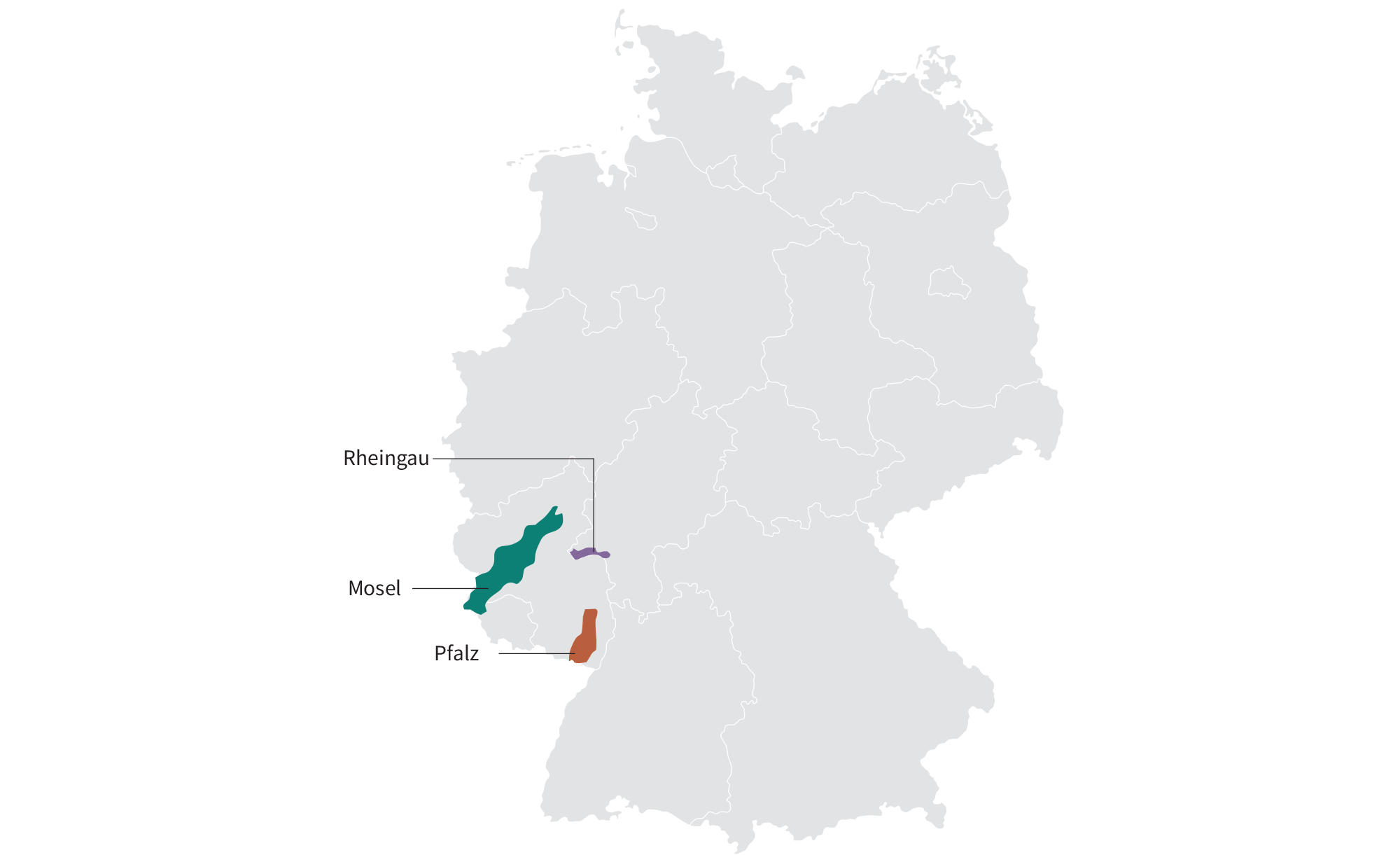
Riesling is native to Germany with the first written documentation of the wine in 1435. Germany’s cool climate and mountainous landscape are ideal for growing Riesling grapes. German Riesling is known for high acidity, aromatic intensity, and minerality.
Like other countries, Germany has its own set of classifications. Wines classified as Qualitatswein will include the sweetness level on the bottle and range from dry (Trocken) to off-dry (Halbtrocken or Feinherb) to sweet (Liebliche or Süss). The next level of classification is Pradikatswein, which also labels wines according to sweetness (dry to sweet): Kabinett, Spätlese, Auslese, Beerenauslese, and Trokenbeerenauslese.
Three key regions that grow Riesling in Germany are Mosel, Rheingau, and Pfalz.
Mosel
Mosel is home to the world’s steepest vineyards with grapes planted on slopes on either side of the Mosel River. The steep aspect helps with sunlight to ripen the grapes in the cool climate. Most Riesling from Mosel has a medium sweetness to balance the acidity. Expect light-bodied wines that are high in acidity with aromas of slate and flavors of green apple, peach, and lime.
Rheingau
Rheingau is slightly warmer than Mosel. Grapes are grown on slopes along the bank of the Rhine River. The soil is rich in quartzite imparting minerality on the wine. Most Riesling from here is dry with medium to full body and ripe apricot and peach flavors. Beerenauslese and Trokenbeerenauslese wines are also produced here.
Pfalz
Near the French border and Alsace, Pfalz is the second-largest wine-growing region in Germany (Rheinhessen is the largest). It is protected from harsh winds and rain by the Haardt Mountains to the west. This creates a dry, sunny, and long growing season. Riesling from Pfalz is usually fuller-bodied and dry with mango, nectarine, peach, and citrus flavors.
4+ Star Rated German Riesling
France

Located east of the Vosges Mountains, Alsace is the primary winemaking region in France that grows Riesling. The mountains protect vineyards from harsh rains and winds, making it one of France's driest and sunniest regions. Within Alsace, 51 Grand Cru vineyards produce Riesling.
Wines are lean, mineral, and dry — a law put in place in 2008 requires that all Riesling must be dry. Wines have ripe citrus and stone fruit flavors, including green apple, lime, lemon, and peach. With age, they can develop tertiary flavors of honey and dried fruit.
Australia

Eden Valley, Clare Valley, and Adelaide Hills in southern Australia are cool enough to grow and produce quality Riesling wines and have been since the 19th century. Riesling from Australia is usually dry with citrus flavors, tropical notes, and minerality. Expect flavors and aromas of lime, green apple, green papaya, jasmine, and petrol.
Other Regions
Riesling also grows well in other parts of the world, including Austria, Washington State, and New York State Finger Lakes, producing styles from crisp and dry to rich and sweet.
Recommended food pairings
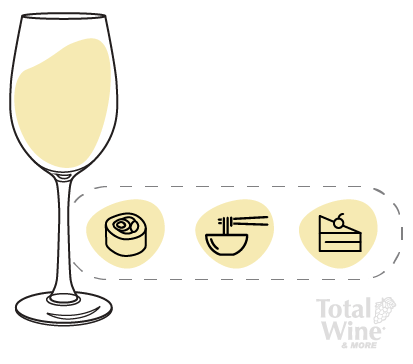
Riesling is one of the most food-flexible wines. High acidity and a range of sweetness levels allow Riesling wines to complement a variety of cuisine.
Bright and citrusy dry Riesling is great with lighter dishes with fresh flavors, such as sushi, ceviche, oysters, salads, and fish tacos.
Off-dry styles are perfect for pairing with Asian and Indian dishes, such as spicy curries and stir-frys. The sugar in the wine balances the heat, and in contrast, the spice makes the wine taste less sweet.
Sweet Riesling should be your go-to for dessert. Pair a Beerenauslese or Trockenbeerenauslese with caramel sauce, apple pie, and peach crumble. Both are also excellent with cheese, especially pungent blue cheese.
How to store, serve, and enjoy
Like most white wines, Riesling should be served at 45 to 55 degrees Fahrenheit. To chill your wine, place it in your refrigerator and remove it about 20 minutes before you plan to serve it. This will bring it up in temperature to just where you want it.
Most Riesling wines can be enjoyed in a standard white wine glass. The slightly wider bowl and narrow lip will help capture aromas to enjoy as you sip.

